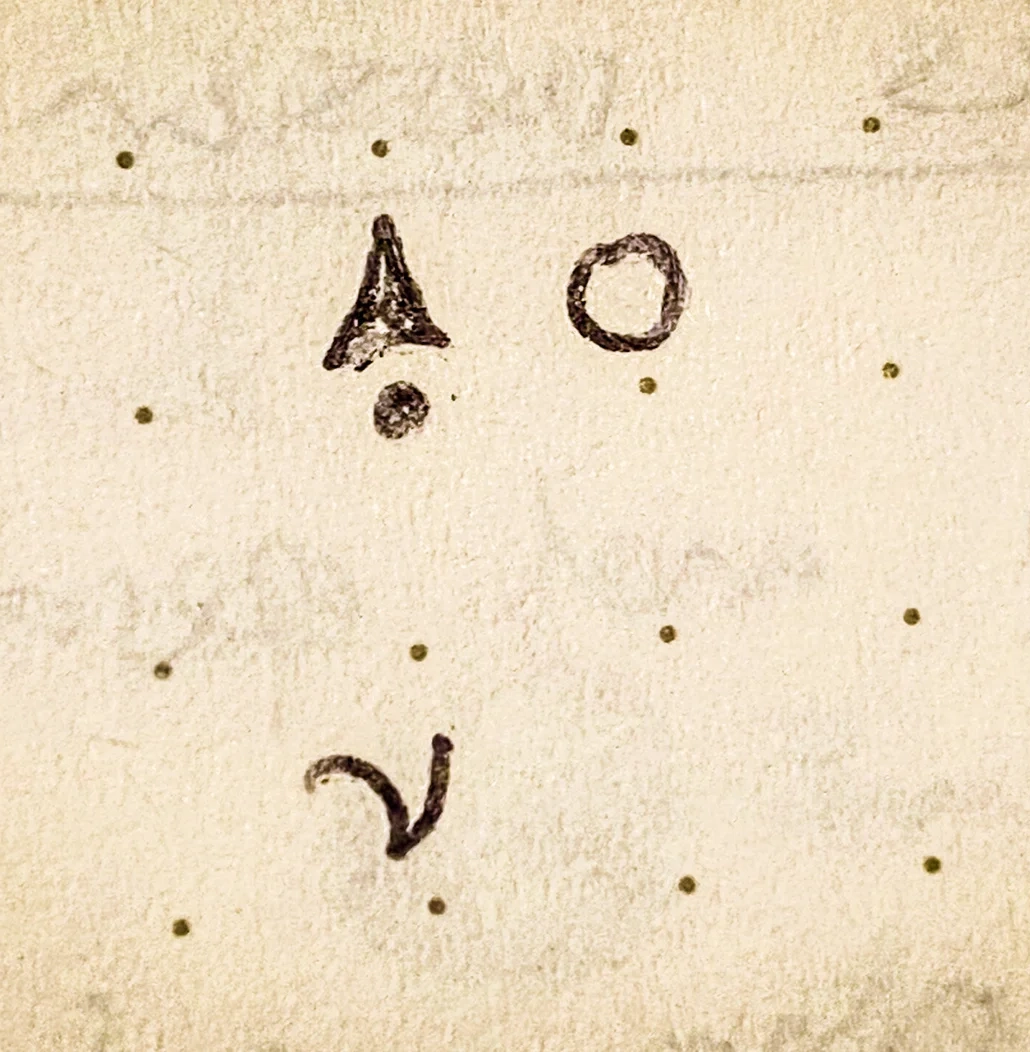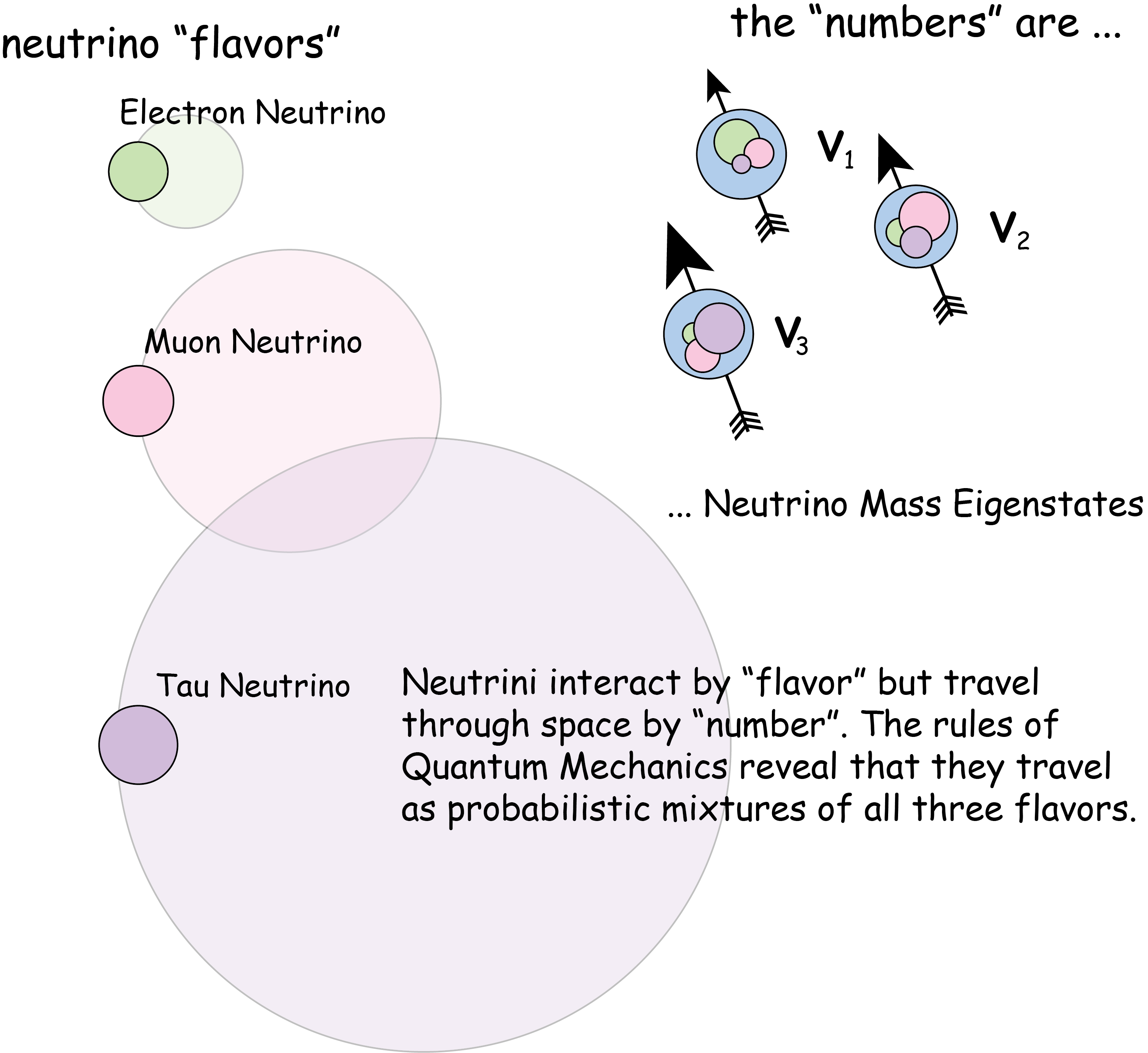
The Neutrino
The tiny, neutral one - or neutrino - has caused a lot of consternation since its discovery.As the positively charged proton has the neutral neutron, so too does the electron has a neutral partner, the neutrino. Unlike the proton or the neutron, which both interact via the all of nature’s forces, the neutrino only interacts via the weak force and gravity - making it truly hard to measure. They just don’t interact very often.
Vast swarms of neutrinos - or neutrini - are passing through the earth - through us! - all the time.
We can measure neutrini only because there are so many of them out there. Like electrons, neutrini are stable particles, and are generated all the time in nuclear reactions. Fusion in the core of the sun is a huge source of neutrini. So are the radioactive decays of heavy elements deep within the Earth. So is the nuclear fission in power plants. Even outer space is chockablock full of neutrini!
The neutrino comes in three flavors, each partnered with a charged lepton. The electron has its electron neutrino. The muon has its muon neutrino. The tau has its tau neutrino.
The neutrino is far and away the lightest, massive particle ever discovered. Its mass is so small experiments haven’t even been able to pin down its value. Their mass appears to be less than an eV. It’s not even known which neutrino is the heaviest. The neutrino is so light it was originally thought to be massless. Some rather clever experiments have now ruled that possibility out.
How can it be that we know the neutrino has a mass, but not know what that mass is? This fact has a curious - if convoluted - explanation.
There are three kinds of neutrinos, each with its own mass. But here’s the thing: the electron neutrino is a combination of all three. So is the muon neutrino. and so is the tau neutrino. In short, a neutrino’s identity is a total mess!
Figure: The Neutrino's Mass

The neutrino's most comfusing property is that its mass is not tied to its flavor.
This was a major confusion for a long time. What we now understand is that there’s a difference between the mass of the neutrino and its flavor - you know, electron, muon or tau. One of the few known particle species with this property†. To make things even more confusing, we don’t even know if the neutrino has a distinct, antiparticle partner, like the positron or if it is its own antiparticle, like the photon.
Untangling the identity of a neutrino is a tricky business, mostly because they can change from one flavor to another without changing their mass. This means the lightest neutrini don’t decay, they oscillate between flavors.
To measure neutrini you need huge experiment. Literally. A big target to hit, with lots and lots of nuclei. Neutrino collisions are just so rare. One particularly ambitious experiment uses a large portion of the the glacial cap of the Earth’s South Pole as a detector!